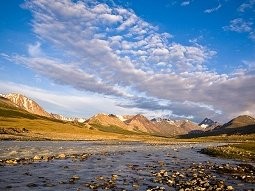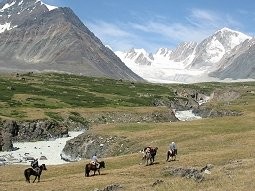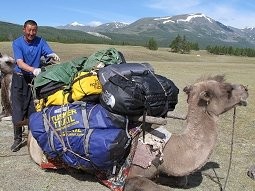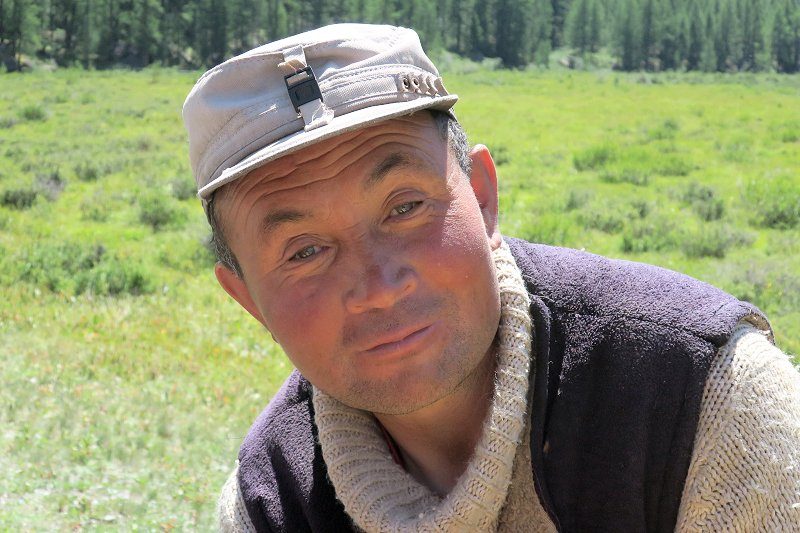Trek Mongolia: Outside Magazine’s Top Trips
Making the Cut
Each year, Outside Magazine puts together a well-researched “hot list” of top adventure trips for the upcoming year. And in 2011, Tusker’s signature Mongolia Trek landed itself on Outside’s esteemed hot list.

In short, Tusker’s trek through Western Mongolia’s 2,456 square-mile Altai Tavn Bogd National Park has it all.

Tusker’s signature trek is a 100-mile trekking and horseback trip in the far west of the park. From the Nation’s capital, Ulaanbaatar, it takes a two-hour flight and then an 8-hour drive just to get to the starting point of the trek. You start in a remote locale and as you proceed, you just get further and further from civilization. Mongolia is about twice the size of Texas, with over forty percent of the population living in Ulaanbaatar. Vast areas are wide-open, undeveloped and uninhabited. It is a country where gas stations are so few and far between, that smart drivers keep an extra reserve of fuel handy for the times when the next available gas station is 200 miles down the road. It is a place that can make Big Sky Montana look like no-sky country. It goes without saying that you can’t just show up in Mongolia with a backpack and a canteen and hope to survive. In a world that is increasingly connected and globalized, Western Mongolia’s remoteness is another attribute that sets it apart – literally – from other adventure destinations.

Trekkers will stay in the Ger camps of the nomadic Mongolian Kazakhs on several days of the trip, and most often, the Kazakh hosts are game to show their visitors a thing or two about their 1,000 year-old tradition of horseback skills.
Pack Your Bags
The bottom line is that anyone who travels to Mongolia with Tusker Trail will be traveling through a land so eye-poppingly beautiful and remote, and full of cultural treasures, that they will never look at the world the same way again. It’s no joke.
Find out when you can trek Mongolia




